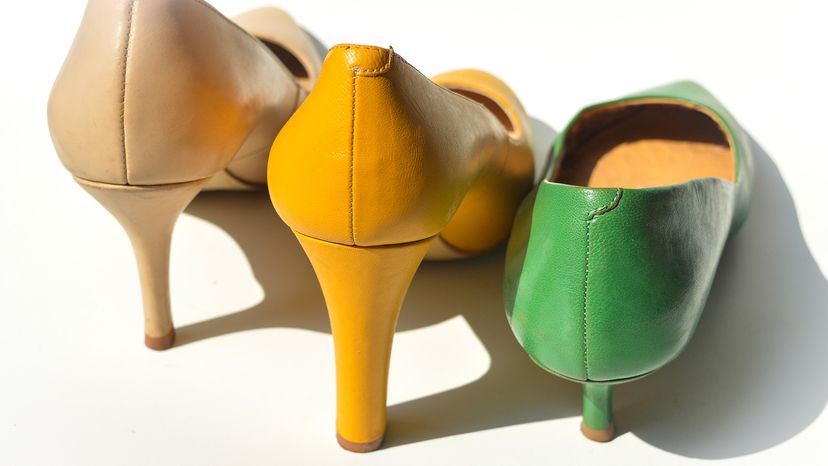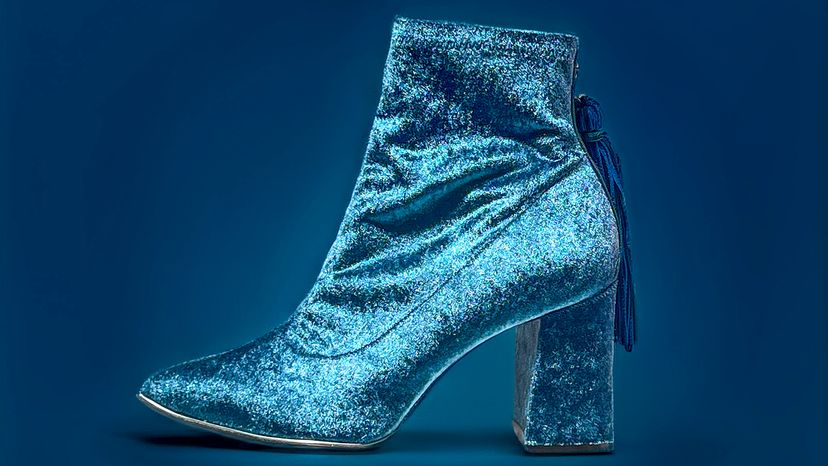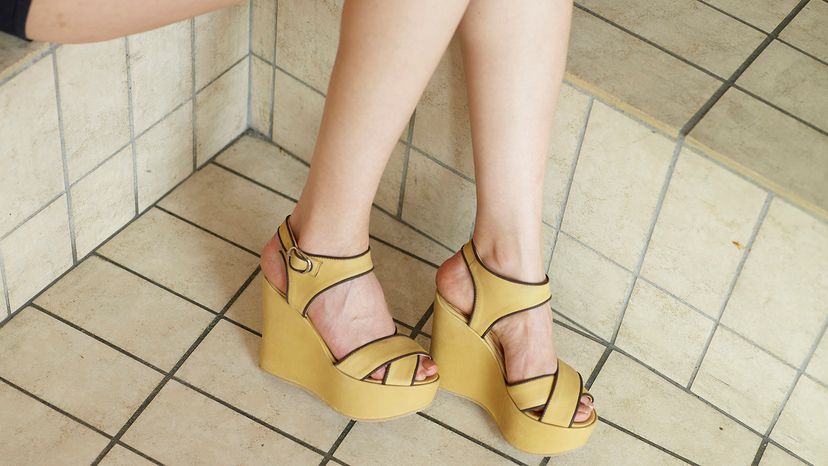
Heels are more than just a fashion statement; they're an engineering marvel that balances style and function. Whether you want to add glamour to a formal occasion or find the perfect pair for everyday wear, the right heels can make all the difference.
But with so many types of heels out there, how do you choose heels that suit your foot type, lifestyle and outfit?
Advertisement
From sky-high stiletto heels to comfortable block heels, there's a heel style for every occasion. Wearing heels can turn heads, but the right pair should also support your feet without compromising comfort. So, let's break down the different styles and see which one works best for you.
Advertisement




